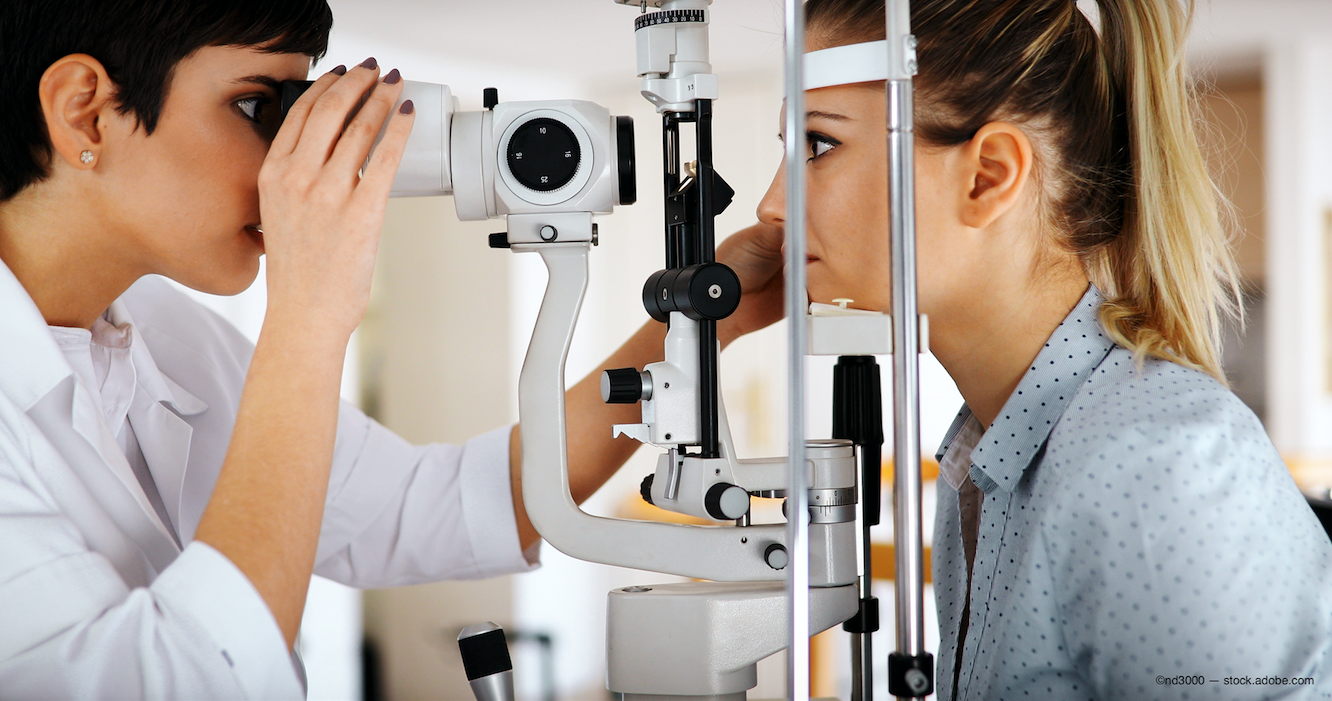Is Spdate worth your time? This review goes in-depth into its legitimacy, user experience and features. Find out if Spdate really delivers on its promise of easy no-strings-attached fun.
Bottom Line
- Spdate is for casual encounters and short term flings only, not for those looking for long term relationships.
- Full of fake profiles and bots, so no real interactions and no reliability.
- User experience is ruined by ads and questionable privacy. Not a reliable site.
What is Spdate
Spdate, a Cyprus based company operated by Digital International Inc., launched in 2007. Since then the site has grown to have over 500,000 members in the US alone. But don’t let that fool you, Spdate is available worldwide so you can find a date wherever you are in the world.
What sets Spdate apart from other dating sites is its focus on casual encounters and flings. This isn’t a site to find your soulmate or plan a white picket fence future. Spdate is a hookup site for adults looking for short term sexual encounters, no strings attached fun. With that in mind the site attracts a certain type of crowd – so if you’re looking for a quick hookup not a long term commitment, Spdate might be for you.
Unique Selling Points and Brand Claims
Spdate’s marketing is built around several features that they claim will set them apart from the rest of the online dating world. At the top of their sales pitch is the promise of free access to most features including the all important instant messaging. This “freemium” model is designed to attract users who are hesitant to pay for another dating site. But note that while text chat is free, voice chat is for premium users – a classic upsell we’ve seen on many dating sites.
Some of the features of Spdate:
- Free access to most features, including instant messaging
- Freemium model so users can use the site for free but premium features available to buy
- Text chat is free, voice chat is for premium users
These features are to attract users and give them a good online dating experience.
One of the main selling points Spdate boasts is its user friendly interface. Spdate claims to be simple and easy to use, even for those not tech savvy. We love that in a world where some dating apps need a user manual to work properly.
Spdate’s most audacious claim is that it can connect users quickly and easily. The site claims to be a site that cuts through the online dating hassle and gives you a fun dating experience. If you’re tired of the long process of online dating, this sounds good. But we’ll get into that as we go through this review and see if Spdate really delivers on its promise of quick connections and user satisfaction.
Signing up on Spdate
Getting started on Spdate is a breeze. True to their claim of being user friendly, signing up is free and can be done through multiple channels – email, Facebook or Google profile. We love the flexibility of being able to choose how you sign up. During this initial stage you’ll be asked to create a unique username and password, the foundation of your Spdate journey.
After you provide your basic information you’ll get an email from Spdate to verify your account. This adds an extra layer of security and prevents fake profiles – at least in theory. After verification you’ll be asked to create your profile by filling out a short bio and uploading up to 10 pictures. Spdate doesn’t ask new users to fill out long questionnaires or personality tests during sign up. While this is quick and painless, it does raise questions about the amount of information available for matching purposes.
First impressions and navigation
When you first get to Spdate you’re greeted with an interface that looks like popular dating apps like Tinder. If you’ve been online dating before this will be familiar to you. One good thing is the lack of sample profile pictures on the homepage – a nice change of pace from the fake profiles that plague many dating sites. In fact they encourage you to create a real profile instead of a blank account.
As expected Spdate is easy to navigate. The site is designed to be accessible with clearly labeled sections and intuitive controls so even non tech savvy users can explore the features. This is definitely a plus for Spdate living up to their promise of a hassle free dating experience.
But some annoying things quickly ruin the initial good impression. As you start to explore the site you’ll be bombarded with pop-ups and what seems to be misleading links. These annoying elements disrupt the user experience and raises questions about the site’s intentions. Are these just aggressive marketing tactics or something more? This early warning sign is a reminder to be cautious as we go deeper into Spdate.
Website design and aesthetics
In terms of looks Spdate doesn’t quite match up to many of its competitors in the online dating world. The site’s design is not modern and sleek like what we’ve come to expect from contemporary dating sites. Instead of a professional looking site Spdate has a dated design that looks like a relic from the early days of online dating not a cutting edge platform for modern singles.
This lack of visual polish goes beyond just looks and starts to affect the user’s trust in the site. The inconsistent design elements and overall unprofessional look can make Spdate seem less credible and may deter users who value a polished user experience. To make matters worse whatever charm the site had is killed by the abundance of ads and pop-ups. These elements clutter the interface and create a distracting and sometimes frustrating browsing experience and further erodes Spdate’s visual appeal and usability.
User interface and usability
Despite the lack of looks Spdate delivers on some of its promises of user interface and usability. The profile creation process is simple and easy. Clear step by step instructions guide you through the process so even non online dating newbies can set up their profiles fast.
Once you have your profile set up browsing other users’ profiles is a smooth experience. The site has interactive elements like toggles and buttons that are easy to use and makes the overall usability better. These features allows you to navigate the site efficiently, filter matches and explore different sections of the site without any hassle.
But once you add a profile photo to your account a problem arises. Users report getting messages from supposedly offline members as soon as they upload a photo. And even more suspiciously these ‘OFF’ members all send the same message and often with a nude photo. This is weird and raises serious questions about the interactions on Spdate.
Are these automated responses from bots? Or is something more sinister at play? Such experiences can quickly erode user trust and makes you question the entire site especially when no one mentions refunds.
Security and Privacy
Spdate’s security and privacy is lacking. In an age where data protection is everything the site’s practices are suspect. One of the biggest concerns is the ads. Users report that clicking on ads can lead to scams and puts their personal and financial information at risk.
While most legit dating sites implement robust data protection measures to prevent data corruption, loss or damage Spdate seems to be lacking in this area. There’s no evidence of the site using industry standard security protocols like data loss prevention (DLP) technologies or multi-factor authentication (MFA). These omissions makes users vulnerable to unauthorized access and data breaches.
But most alarmingly Spdate’s terms of service has a clause that waives users of the entire legal system and makes arbitration mandatory. This approach to conflict resolution is not only user unfriendly but raises serious questions about the site’s commitment to user rights and protection. In an industry where trust is currency Spdate’s lack of robust security and user privacy is a big minus that users should consider.
Messaging and interaction experience
The messaging and interaction experience on Spdate is where the site starts to fall apart. Once you create a profile you get multiple inbox messages and none of them seem real or authentic. The instant attention might be flattering at first but when you try to send messages it becomes obvious something is off.
The problem lies in Spdate’s use of bots to boost site activity. While the site uses badges to supposedly differentiate between bots and real users, in reality all profiles are fake. Messages received have the same text and nude photos, clearly automated responses not human interaction. And when you talk to supposed real women on the site they quickly escalate to sexual topics, more proof of bot involvement.
Spdate doesn’t even try to hide the artificial profiles to boost site activity. While that’s somewhat commendable it doesn’t change the fact that users feel frustrated and disappointed when they realize their chances of real interaction is zero. For those who engage with the bots the result is funny fake conversations that while entertaining doesn’t lead to real connections or fulfill the site’s purpose.
This abundance of fake profiles and bot generated messages leads to zero authentic interactions and makes Spdate not a dating site.
Match quality
Spdate’s match quality is a mixed bag. The site has a big user base especially among the young and heterosexual which should give a wide pool of matches. Users can set parameters such as:
- age range
- gender
- distance
- location
In the Discovery tab of the app users can refine their search for compatible matches or even a good friend using the app’s filters. This feature is common in most dating apps including this one and is a must for users who want to narrow down their options.
But Spdate’s matching algorithm is not effective. Despite the ability to set preferences many users get matches that don’t match their set criteria. The lack of sophistication in the matching process leads to a frustrating experience as users have to sift through many irrelevant profiles. The result is a mixed bag of match quality.
Some users may get relevant and interesting matches while others get mismatches that don’t match their preferences or interests. This inconsistency in match quality makes Spdate not a reliable platform for meaningful connections.
Ad intrusiveness and revenue model
Spdate’s ad approach is one of its biggest problems. Users are bombarded with ads non stop, it’s frustrating and overwhelming. The site is cluttered with ads from top to bottom which affects the visual appeal and overall user experience. This ad heavy approach is not just annoying it interferes with the site’s usability and makes using Spdate a chore.
The intrusiveness of the ads goes beyond the frequency. Pop ups are constant and often redirects users to other sites and makes the site unusable. And more disturbing is the content of the ads, it’s often explicit. The NSFW photos can be off putting for many users and raises questions on the site’s target audience and intentions.
Spdate’s revenue model seems to be based on ad placements and affiliate marketing links. Unlike other dating sites that offer premium membership, Spdate seems to survive only through ad revenue. While this means the site is free, the trade off in user experience is huge. The constant redirects to third party ads often to adult oriented pages not only disrupts the user experience but also poses security risks. This aggressive monetization strategy makes the site not credible and functional as a dating site and makes users wonder if a site pay option would have been better.
Pros and Cons
Spdate is a mixed bag. On the surface it has some good things. It’s free, has instant messaging and a simple sign up process. For those looking for casual encounters or just curious about online dating these might seem good.
But the cons far outweigh the pros. The site is full of fake profiles and bots which compromises the authenticity of the interactions. Users get constant redirects to other fake sites which further degrades the user experience. The messages received are from bots not from real people which makes the site not credible as a dating site. And most disturbing is the use of stolen profile photos for many of its fake profiles which raises serious ethical and legal issues.
Spdate may have some initial appeal but the plethora of issues makes it not a reliable dating site. Users looking for real connections or meaningful interactions would be better off elsewhere.
Spdate alternatives
Considering the many issues with Spdate, exploring other dating sites for a better experience may be worth it. When comparing Spdate to Instafuck.com here are the factors to consider:
- Attractiveness and ease of use
- Size of the user base
- Usability
- Safety
- Effectiveness in achieving dating goals
A comparison between Spdate and Instafuck reveals big differences in these areas. While Spdate has fake profiles and intrusive ads, Instafuck has a more authentic user base and a cleaner interface. When choosing a dating site for your needs consider user experience, overall population of the site, user safety and how the site helps you achieve your dating goals. By evaluating these factors carefully you’ll find a dating site that meets your expectations and provides a safer and more enjoyable online dating experience.
Conclusion and Recommendation
After reviewing Spdate we have a very negative overall assessment. The site fails in almost every area that matters for a dating site. While Spdate has some entertainment value through its free messaging features it’s not reliable for those looking for real connections. The fake profiles, intrusive ads and questionable privacy practices outweighs any benefits.
In summary while Spdate has some unique features it doesn’t deliver a trustworthy or enjoyable experience for users looking for real connections. Our recommendation is to look for other reputable dating sites that prioritizes user safety, authenticity and overall quality of experience.
Summary
In this Spdate review we found a dating site that promises a lot but delivers very little. From fake user profiles to overwhelming ads Spdate fails to provide a real and valuable online dating experience. While it has some free features and entertainment value the risks and frustrations of using the site far outweighs any benefits. As we navigate the online dating world it’s important to prioritize sites that values user safety, authenticity and meaningful connections. Remember in your search for companionship or casual encounters your time and personal info is precious – choose wisely where you spend it.
FAQs
Is Spdate free to use?
Yes Spdate is free to use but be aware the site is ad revenue based so it will impact the user experience.
Are the profiles on Spdate real?
No many profiles on Spdate seem to be fake or bots as users receive the same messages from supposedly offline members. Be careful when interacting with profiles on Spdate and be aware of fake accounts.
Is it safe to use Spdate?
It’s not safe to use Spdate due to poor security and scams. Be careful when sharing personal info on the site.
Can I find real connections on Spdate?
It’s very hard to find real connections on Spdate due to fake profiles and bot messages. Always be careful when using the site.
Are there other options to Spdate for online dating?
Yes there are other options to Spdate for online dating like Adult Friend Finder (AFF) which has a more authentic user base and overall better experience. Research and compare different sites based on your dating goals and preferences.














